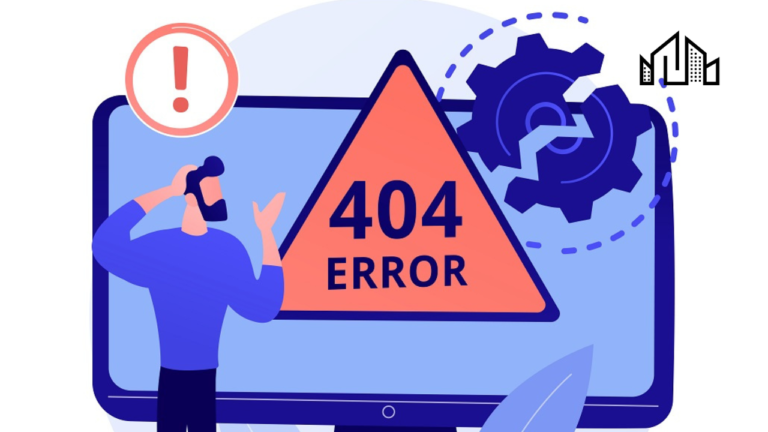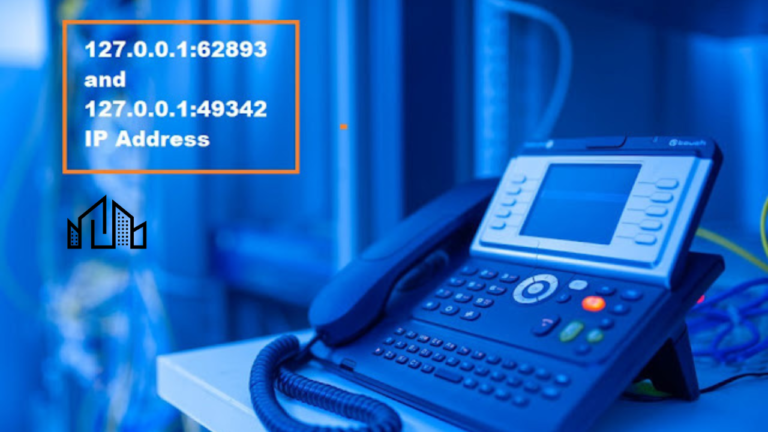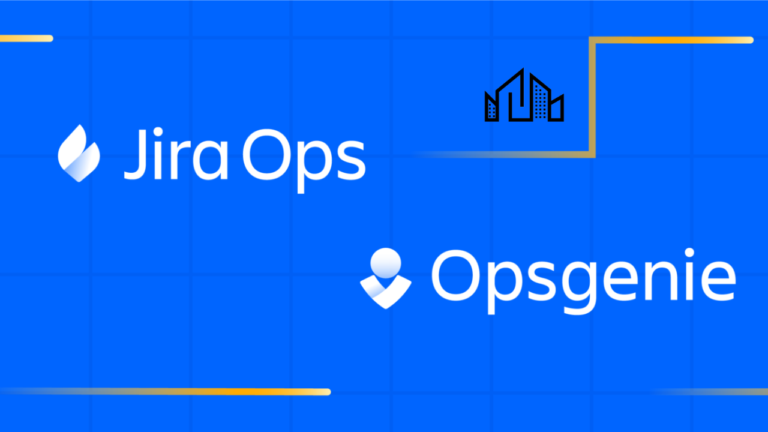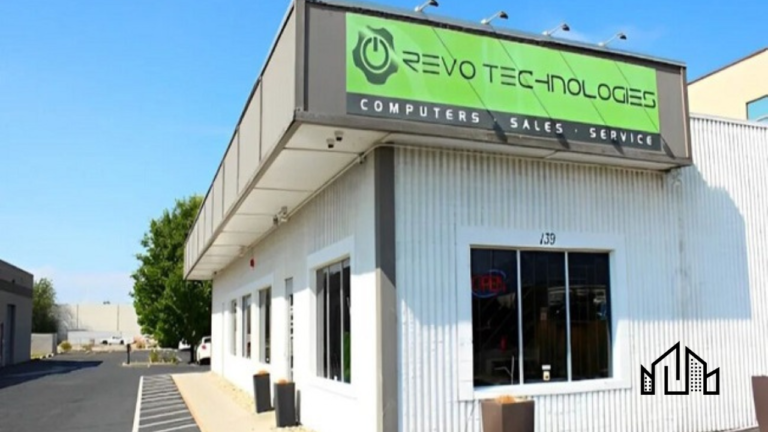SSIS 858: A Comprehensive Guide for Modern Data Integration

SQL Server Integration Services (SSIS) 858 stands out as a robust solution bridging the gap between diverse data sources and destinations in the rapidly evolving data integration landscape. SQL Server Integration Services (SSIS) has long been a preferred choice for enterprises looking to streamline their data operations. With the advent of SSIS 858, Microsoft has introduced many new features and enhancements designed to meet the demands of modern data integration. This comprehensive guide delves into the intricacies of SSIS 858, exploring its capabilities, improvements over previous versions, and practical applications in today’s data-driven world.
Evolution of SSIS
SSIS has undergone significant transformations since its inception. Originally introduced with SQL Server 2005, SSIS replaced the earlier Data Transformation Services (DTS), offering a more flexible and scalable architecture. Over the years, each iteration brought new functionalities, making SSIS a powerful tool for ETL (Extract, Transform, Load) processes. SSIS 858, as part of the latest updates, represents a leap forward with enhancements in performance, usability, and integration capabilities.
Key Enhancements in SSIS 858
One of the most notable improvements in SSIS 858 is its enhanced performance. The latest version leverages advanced data processing techniques and optimizations, resulting in faster data transformations and load times. Additionally, SSIS 858 introduces a more intuitive and user-friendly interface, making it easier for developers to design, manage, and deploy data integration workflows. The integration with other Microsoft services and third-party tools has also been strengthened, providing a seamless experience for users operating in complex data environments.
Architecture and Components of SSIS 858
Understanding the architecture and core components of SSIS 858 is crucial for leveraging its full potential. At its heart, SSIS comprises tools and services that facilitate data extraction, transformation, and loading. These components work together to ensure efficient data integration and workflow automation.
Control Flow and Data Flow
In SSIS 858, the control flow defines the package’s workflow, encompassing tasks and containers that dictate the execution order. Tasks can range from executing SQL statements to sending emails, while containers group tasks for better organization and manageability. The data flow, on the other hand, is responsible for the actual data movement and transformation. It includes various components, such as sources, transformations, and destinations, which handle data extraction, modification, and loading.
New Data Flow Transformations
SSIS 858 introduces several new data flow transformations that enhance data processing capabilities. These include advanced data cleansing transformations, allowing more sophisticated data quality management. Additionally, machine learning-based transformations will enable users to incorporate predictive analytics directly into their data integration workflows.
Integration with Azure and Cloud Services
As organizations increasingly migrate to cloud platforms, the integration capabilities of SSIS 858 with Azure and other cloud services have become a focal point. SSIS 858 is designed to seamlessly connect with Azure Data Factory, Azure SQL Database, and other cloud-based services, enabling users to leverage the cloud’s scalability and flexibility for their data integration needs.
Benefits of Cloud Integration
The integration with Azure offers several benefits, including enhanced scalability, cost efficiency, and improved performance. By leveraging Azure’s infrastructure, organizations can dynamically scale their data integration processes based on demand, ensuring optimal resource utilization. Furthermore, the pay-as-you-go pricing model of Azure services allows for cost-effective data operations, particularly for organizations with fluctuating data volumes.
Hybrid Data Integration Scenarios
SSIS 858 supports hybrid data integration scenarios, enabling organizations to integrate data across on-premises and cloud environments seamlessly. This capability is precious for businesses transitioning to the cloud or needing to maintain a hybrid infrastructure for regulatory or operational reasons. With SSIS 858, users can create workflows that span both environments, ensuring continuity and consistency in their data operations.
Security and Compliance
Data security and compliance are paramount in today’s regulatory landscape. SSIS 858 incorporates several features to enhance data protection and ensure industry standards and regulations compliance.
Data Encryption and Masking
SSIS 858 supports robust data encryption mechanisms at rest and in transit to safeguard sensitive information. Additionally, data masking features allow organizations to obfuscate sensitive data elements, ensuring that personal or confidential information is not exposed during data integration processes. These capabilities are crucial for maintaining data privacy and meeting regulatory requirements such as GDPR and HIPAA.
Auditing and Logging
Enhanced auditing and logging features in SSIS 858 provide comprehensive visibility into data integration processes. Detailed logs and audit trails help organizations monitor data movements, track changes, and identify potential security incidents. This level of transparency is essential for demonstrating compliance with regulatory standards and conducting thorough security assessments.
Performance Optimization Strategies
Maximizing the performance of data integration workflows is a crucial objective for organizations leveraging SSIS 858. Several strategies can be employed to optimize the performance of SSIS packages, ensuring efficient and timely data processing.
Parallel Processing and Partitioning
SSIS 858 supports parallel processing and partitioning, enabling users to divide large datasets into smaller, more manageable chunks. By processing these partitions concurrently, organizations can significantly reduce data integration times. Additionally, partitioning helps distribute the processing load evenly across available resources, preventing bottlenecks and enhancing overall performance.
Resource Management
Effective resource management is crucial for optimizing SSIS performance. SSIS 858 includes features that allow users to monitor and allocate system resources effectively. By configuring resource settings and monitoring resource usage, organizations can ensure that their data integration workflows run smoothly without overloading the system.
Practical Applications and Use Cases
SSIS 858’s versatility suits a wide range of data integration scenarios. It can be applied across various industries and use cases, from simple data migrations to complex ETL processes.
Data Warehousing
One of SSIS 858’s primary applications is data warehousing. SSIS 858 facilitates data extraction, transformation, and loading from multiple sources into a centralized data warehouse. This process ensures that the data warehouse contains accurate, up-to-date information that can be used for reporting and analytics. With its advanced data transformation capabilities, SSIS 858 can handle complex data cleansing, enrichment, and aggregation tasks, making it an ideal tool for building robust data warehousing solutions.
Business Intelligence and Analytics
SSIS 858 is crucial in business intelligence and analytics, providing the necessary data integration infrastructure. SSIS 858 helps create a comprehensive business view by integrating data from various operational systems and external sources. This integrated data can then be used to generate insights, identify trends, and support decision-making processes. Additionally, the integration of machine learning transformations in SSIS 858 allows organizations to incorporate predictive analytics into their BI workflows, enhancing the value of their analytics initiatives.
Data Migration and Consolidation
Organizations must often migrate or consolidate data for system upgrades, mergers, or acquisitions. SSIS 858 provides a reliable solution for these scenarios, enabling seamless data migration and consolidation. Its ability to handle diverse data sources and destinations ensures that data can be moved accurately and efficiently, minimizing downtime and data loss. The robust error handling and logging features of SSIS 858 also help identify and address issues during the migration process, ensuring a smooth transition.
Best Practices for Implementing SSIS 858
Following best practices during implementation is essential to fully leveraging SSIS 858’s capabilities. These practices ensure SSIS packages are designed, deployed, and managed effectively, maximizing their performance and reliability.
Designing Efficient Packages
Efficient package design is critical for optimizing the performance of SSIS 858. This involves minimizing complex transformations, reducing data movement, and optimizing resource usage. Organizations can create efficient SSIS packages that process data quickly and accurately by following best practices such as using appropriate data types, minimizing lookups, and leveraging caching.
Version Control and Deployment
Implementing version control and deployment best practices is essential for managing SSIS packages effectively. Organizations can track changes to their SSIS packages using version control systems, revert to previous versions if needed, and ensure consistency across different environments. Additionally, automating the deployment process using tools like Azure DevOps or Jenkins can streamline the deployment of SSIS packages, reducing the risk of errors and ensuring that changes are deployed consistently.
Monitoring and Maintenance
Regular monitoring and maintenance are crucial for ensuring the ongoing performance and reliability of SSIS packages. This includes monitoring system resource usage, tracking package execution times, and reviewing logs for errors or anomalies. By proactively identifying and addressing potential issues, organizations can prevent disruptions and maintain the efficiency of their data integration workflows.
Future Trends and Directions
As data integration continues to evolve, SSIS is expected to undergo further advancements to meet emerging challenges and opportunities. Future trends in SSIS development may include increased integration with artificial intelligence and machine learning, enhanced support for real-time data processing, and deeper integration with cloud-native services.
Integration with AI and Machine Learning
Integrating AI and machine learning into SSIS 858 will likely become more prominent, enabling organizations to leverage advanced analytics and automation within their data integration workflows. This could include automated data quality assessment, anomaly detection, and predictive data transformations.
Real-Time Data Processing
With the growing demand for real-time data processing, future versions of SSIS may introduce enhanced capabilities for handling streaming data. This could involve improved support for real-time data sources, low-latency data processing, and seamless integration with event-driven architectures.
Cloud-Native Enhancements
As more organizations adopt cloud-native architectures, SSIS will enhance its integration with cloud services and platforms. This could include deeper integration with serverless computing, containerization, and microservices, enabling organizations to build more scalable and flexible data integration solutions.
Read More
Conclusion
SSIS 858 represents a significant advancement in data integration, offering a robust and versatile solution for modern data integration challenges. With its enhanced performance, user-friendly interface, and seamless integration with cloud services, SSIS 858 empowers organizations to streamline their data operations and derive valuable insights from their data. By understanding its architecture, leveraging its capabilities, and following best practices, organizations can unlock the full potential of SSIS 858 and stay ahead in the ever-evolving data landscape.
FAQs
1. What are the main improvements in SSIS 858 over previous versions?
SSIS 858 features enhanced performance, a more intuitive interface, robust integration with cloud services like Azure, new data flow transformations, and improved data security measures.
2. How does SSIS 858 support cloud integration?
SSIS 858 integrates with Azure Data Factory, Azure SQL Database, and other cloud services, allowing dynamic scalability and efficient hybrid data integration across on-premises and cloud environments.
3. What security features does SSIS 858 provide?
SSIS 858 offers robust data encryption, data masking, and enhanced auditing and logging capabilities to ensure data security and compliance with regulations such as GDPR and HIPAA.
4. How can SSIS 858 be optimized for performance?
Optimization strategies include parallel processing, partitioning, effective resource management, efficient package design, and following best practices for version control, deployment, and maintenance.
5. What are everyday use cases for SSIS 858?
Organizations commonly use SSIS 858 for data warehousing, business intelligence, analytics, and data migration and consolidation. It provides reliable solutions across various industries.






